Hybrides 1
The Museum of Natural History offers a definition of the phrase « Natural history » : « Historically, it is the inquiry, the description of all that is visible in the natural world – animals, plants, minerals. » The definition has evolved because, according to the museum, « Natural history today is the study of the diversity of the living world and the mineral world and its interactions with man. It is about understanding how this diversity constructed itself and what its dynamics are. » Having always been concerned by man/animal/environment connections, François Lelong has worked on this interweaving through hybridization of certain mammals directly confronted to man, more specifically big game.
A first series devoted to Cervidae shows forest animals and plants, closely linked in their biotope, interweave and hybridize. Wood and fallen branches picked up in the forest, collected skulls in thickets and hunting remains compose new and singular equilibriums where antlers and foliage find some form of correspondance. This new interpretation of interdependence also acts as an echo of the way man considers wild animals.
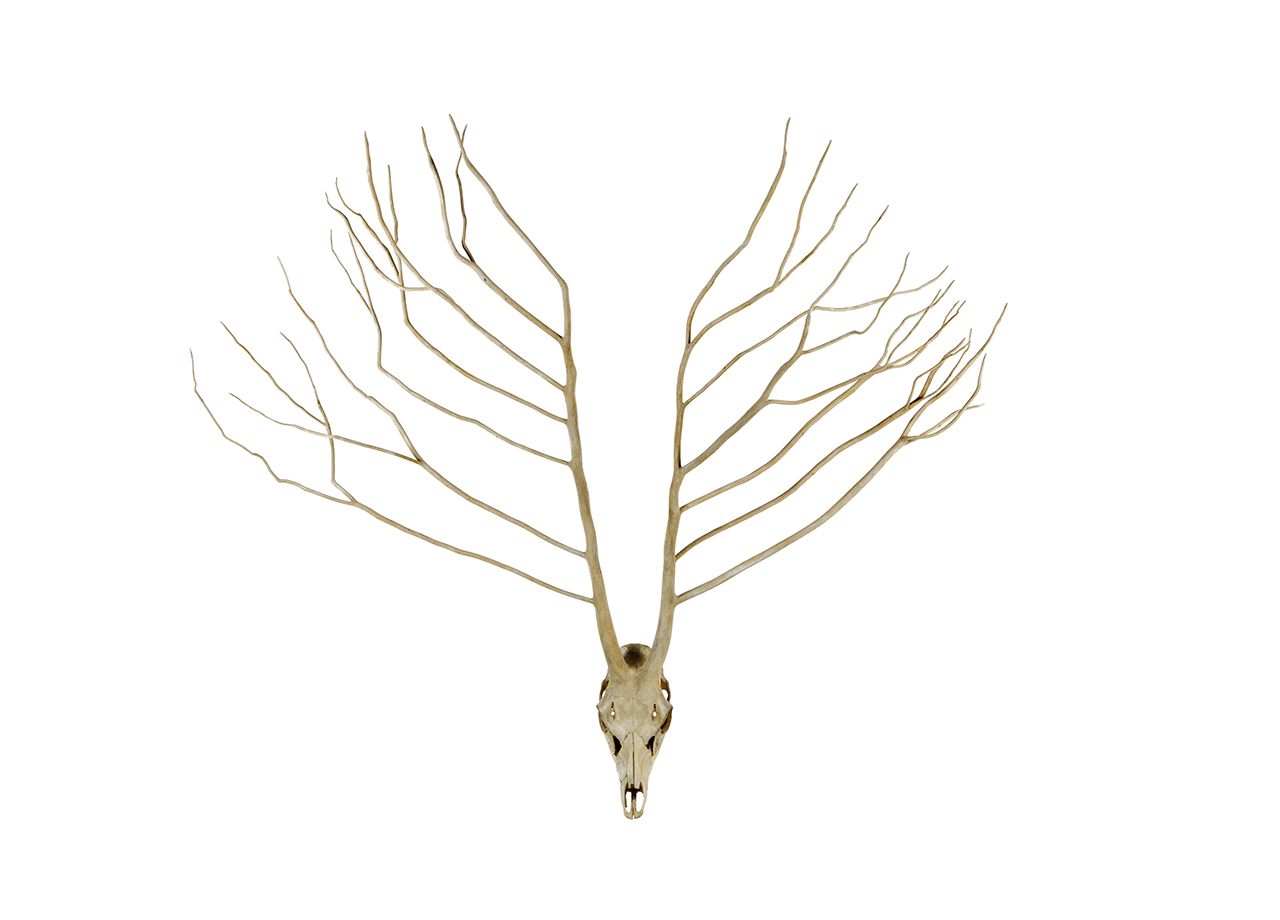
Cervus elaphus / Juniperus communisRed deer / common juniper - 133 × 110 cm - April 2009
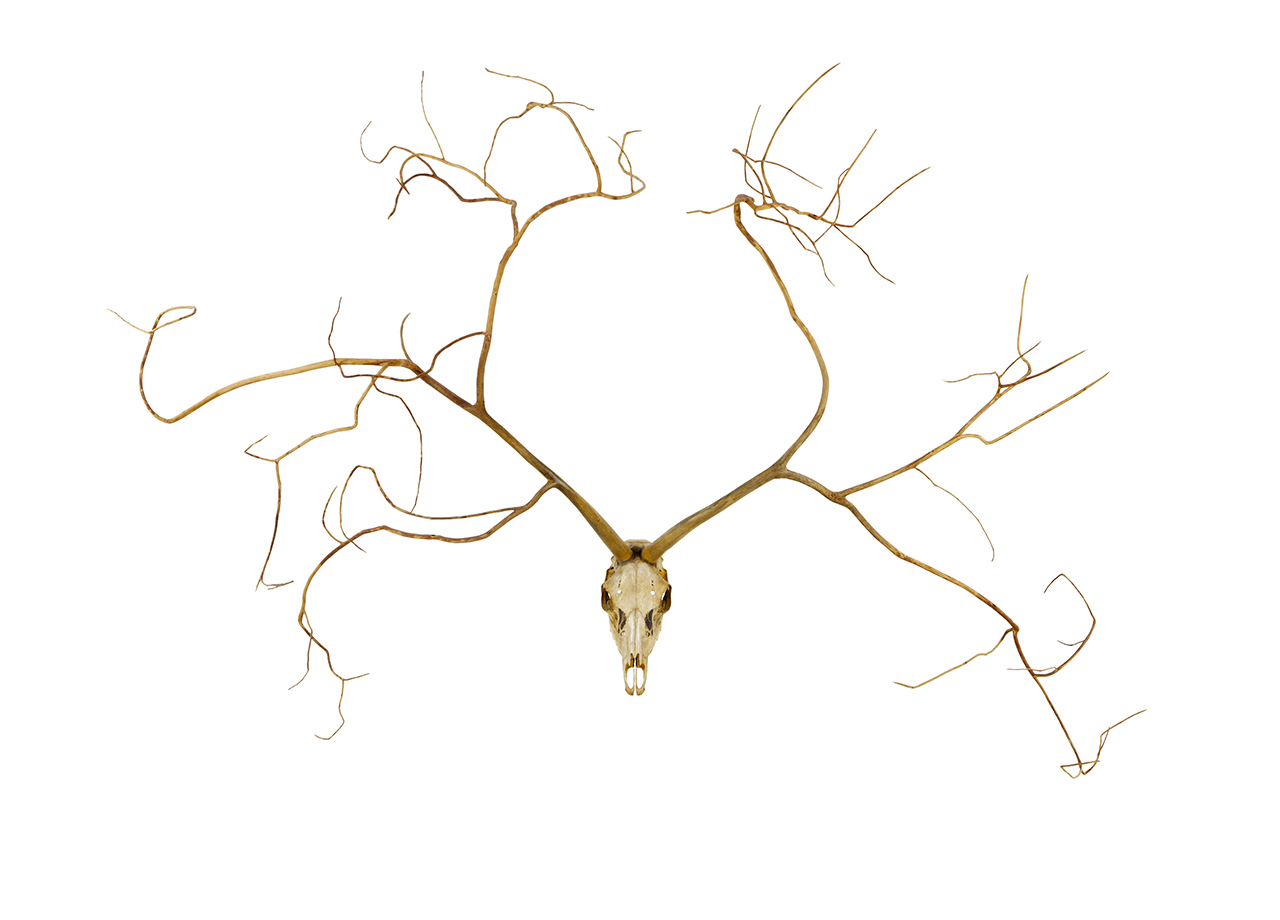
Cervus elaphus / Salix daphnoidesRed deer / bay willow - 156 × 102 cm - May 2009
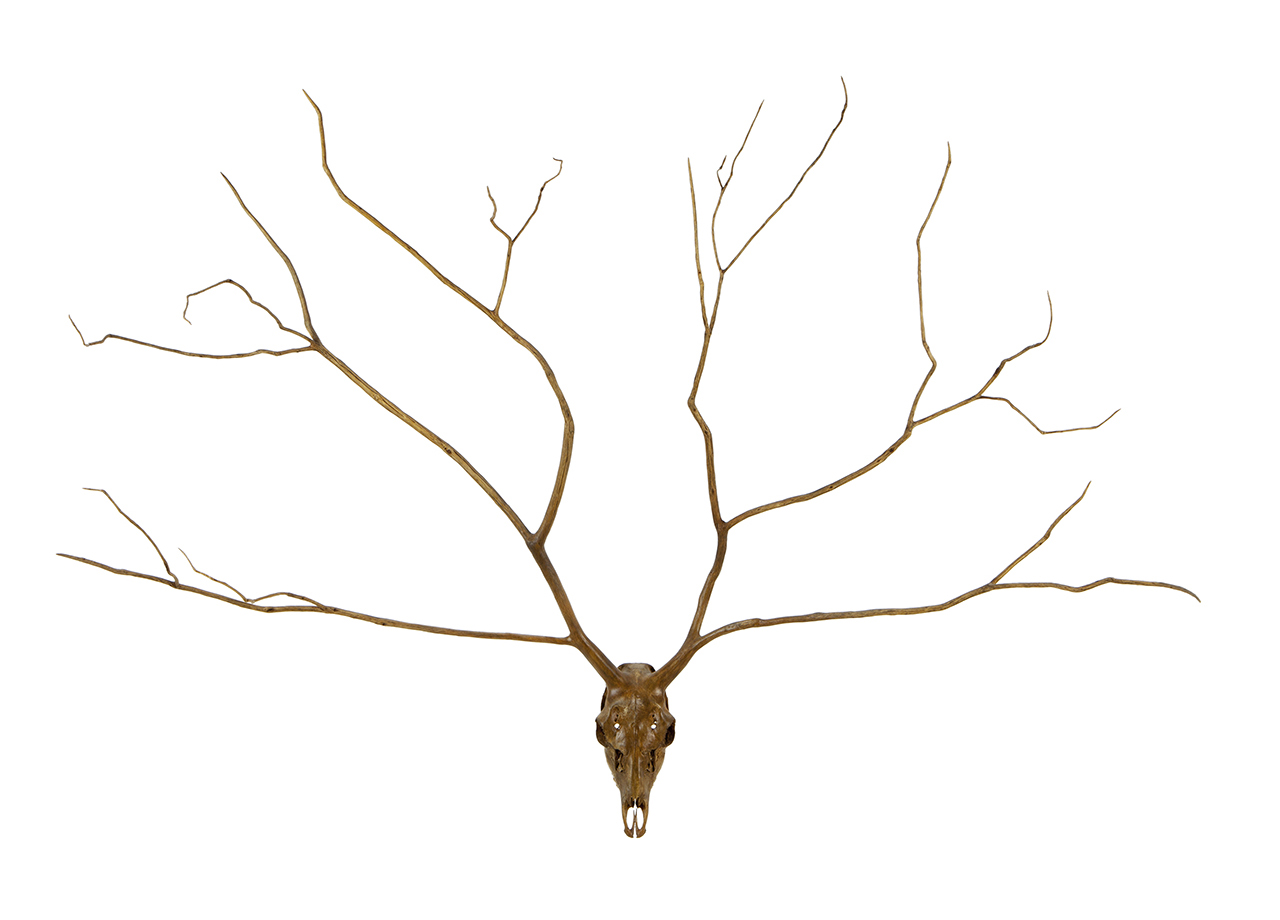
Dama dama / Quercus roburFallow deer / pedunculate oak - 168 × 120 cm - May 2009
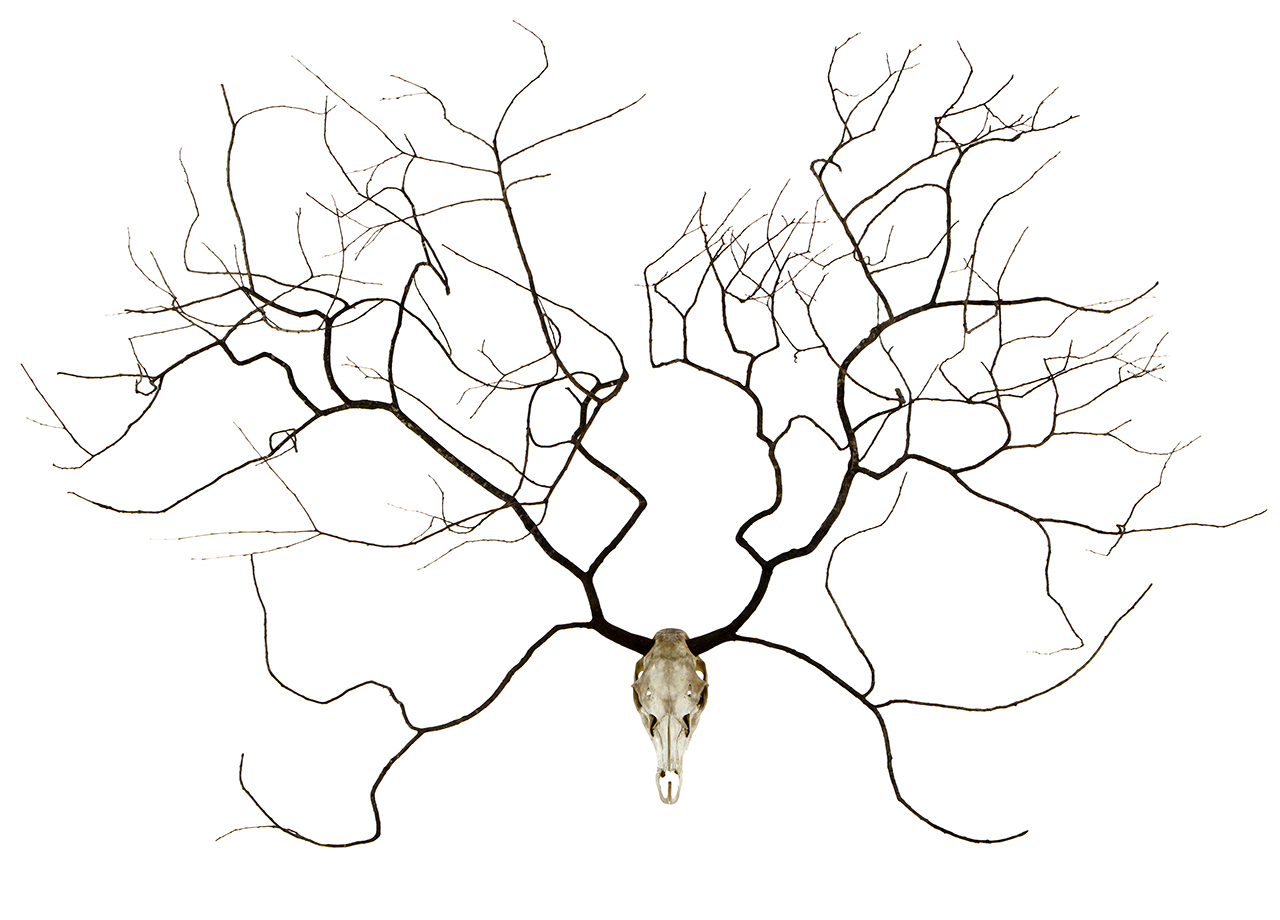
Cervus elaphus / Salix daphnoidesRed deer / bay willow - 188 × 110 cm - April 2009
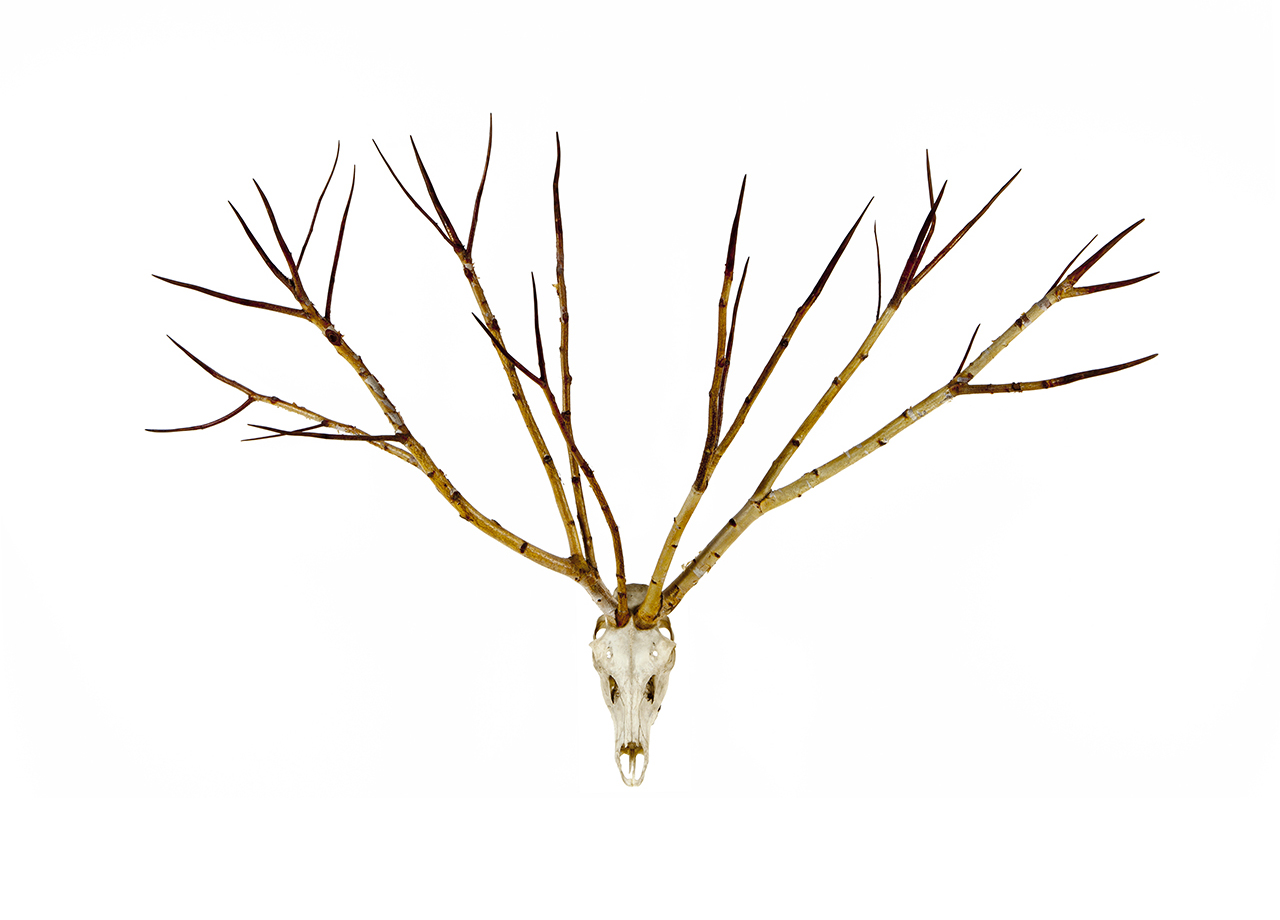
Cervus elaphus / Betula pendulaRed deer / silver birch - 173 × 110 cm - April 2009
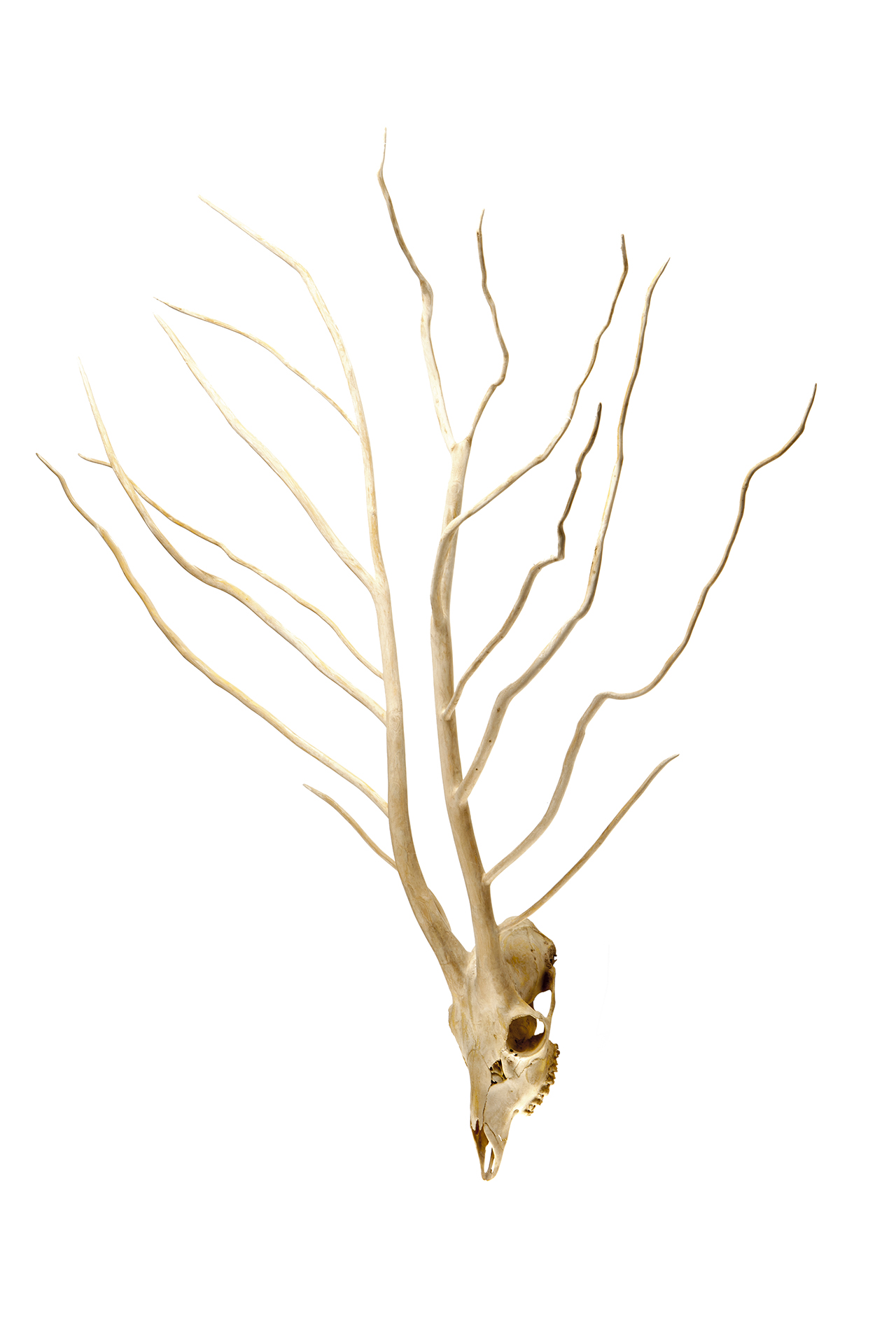
Capreolus capreolus / Juniperus communisRoe deer / common juniper - 74 × 78 cm - April 2009
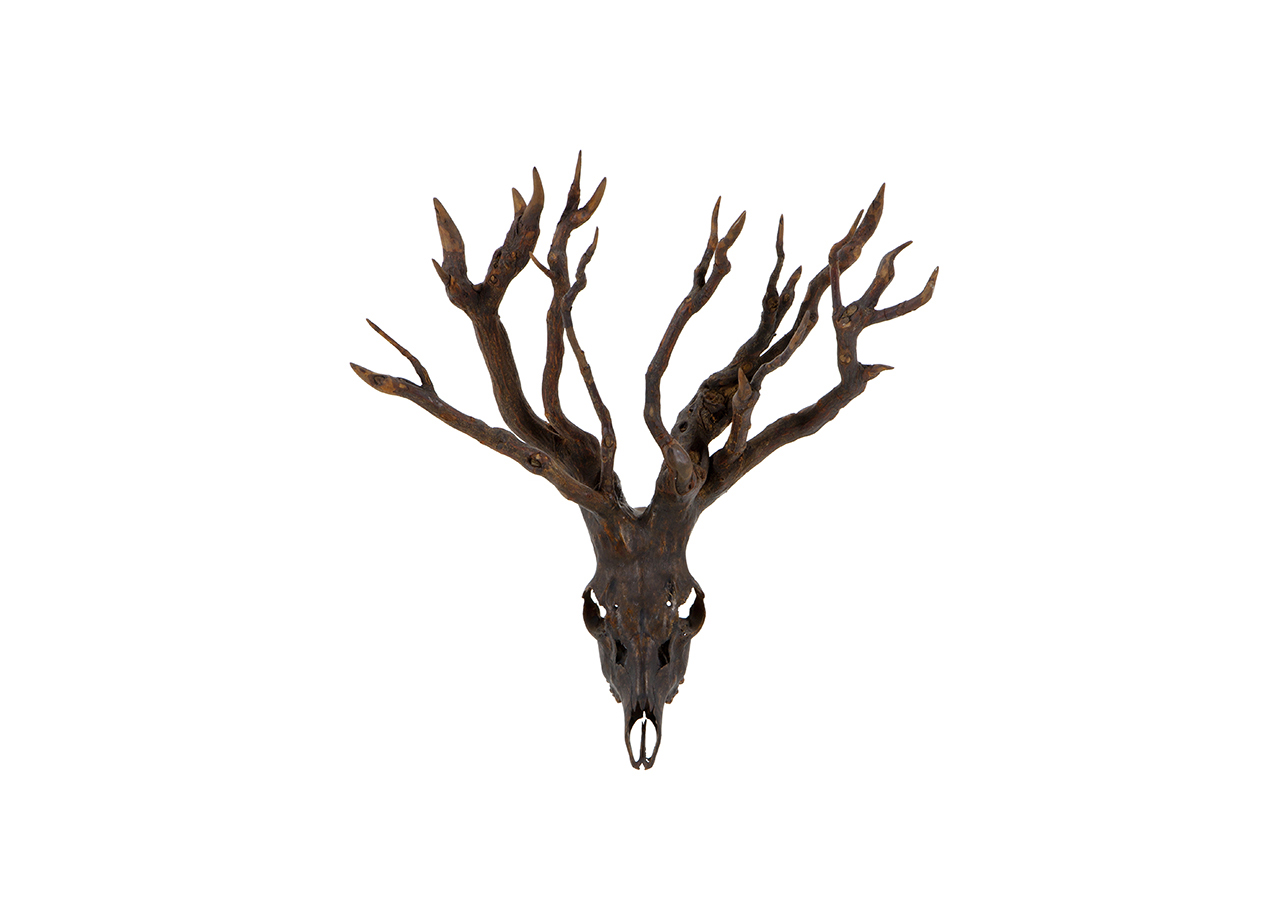
Capreolus capreolus / Carpinus betulusRoe deer / hornbeam - 40 × 43 cm - May 2009
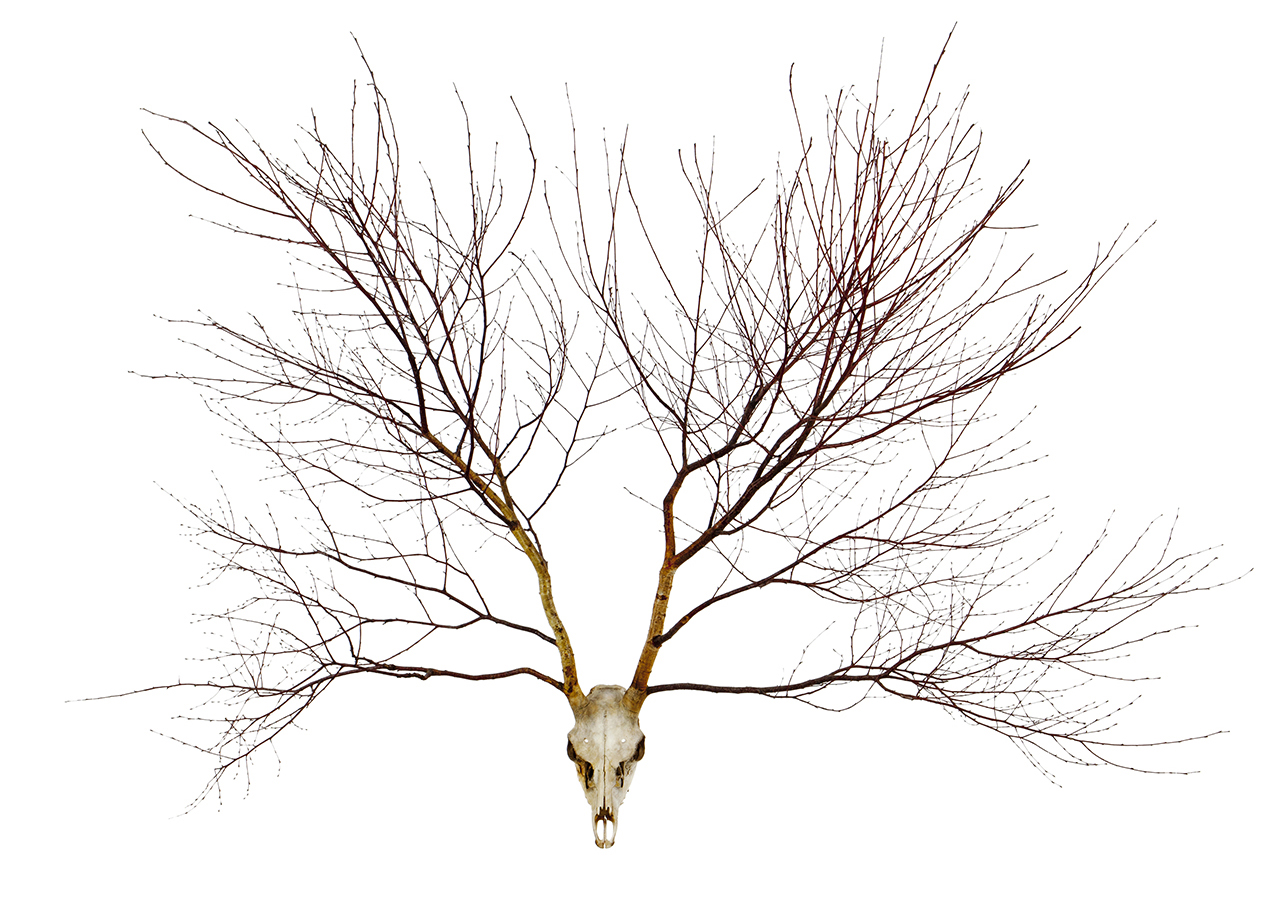
Dama dama / Betula pendulaFallow deer / silver birch - 195 × 137 cm - April 2009
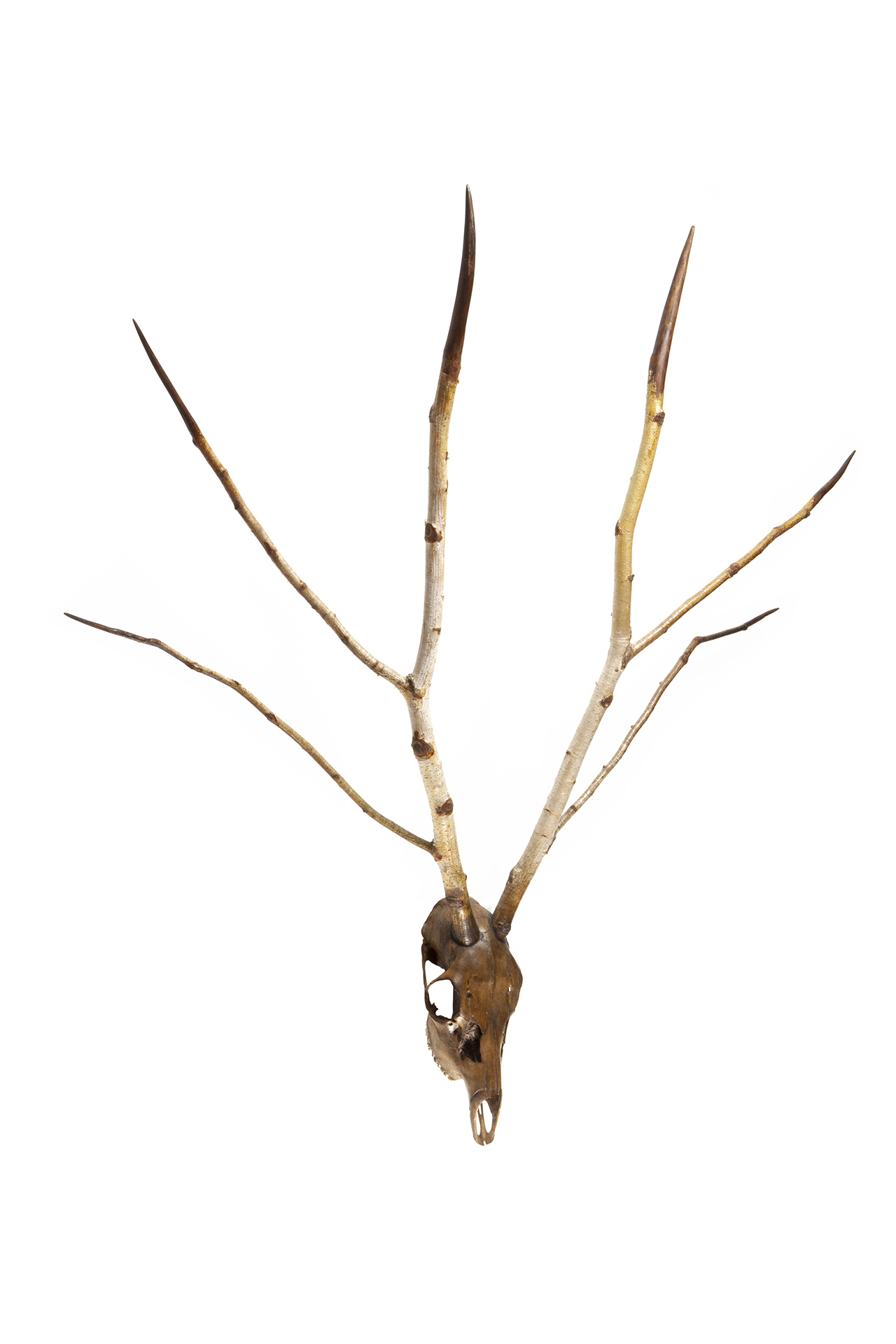
Dama dama / Betula pendulaFallow deer / silver birch - 94 × 91 cm - April 2009
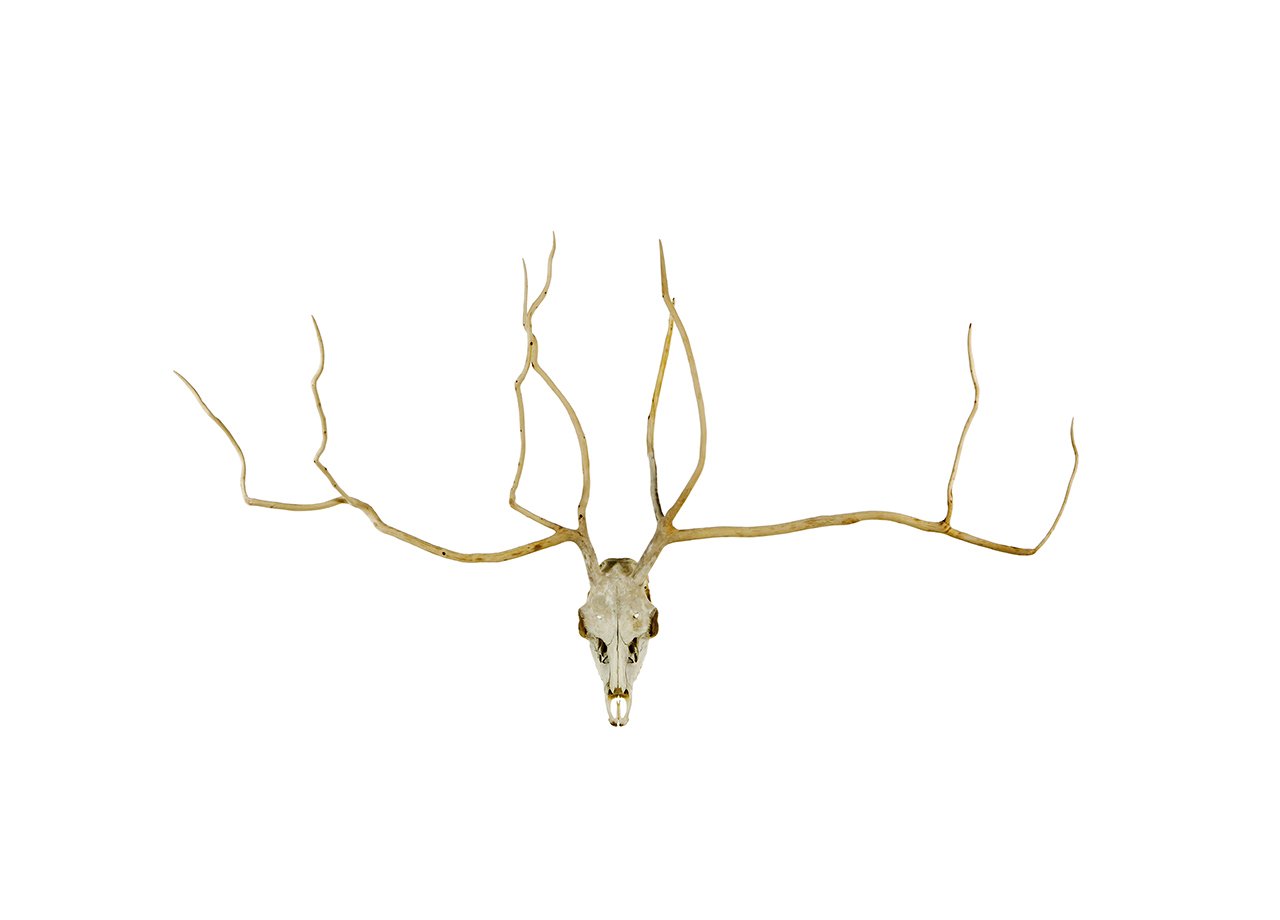
Dama dama / Corylus avellanaFallow deer / hazel - 145 × 80 cm - May 2009
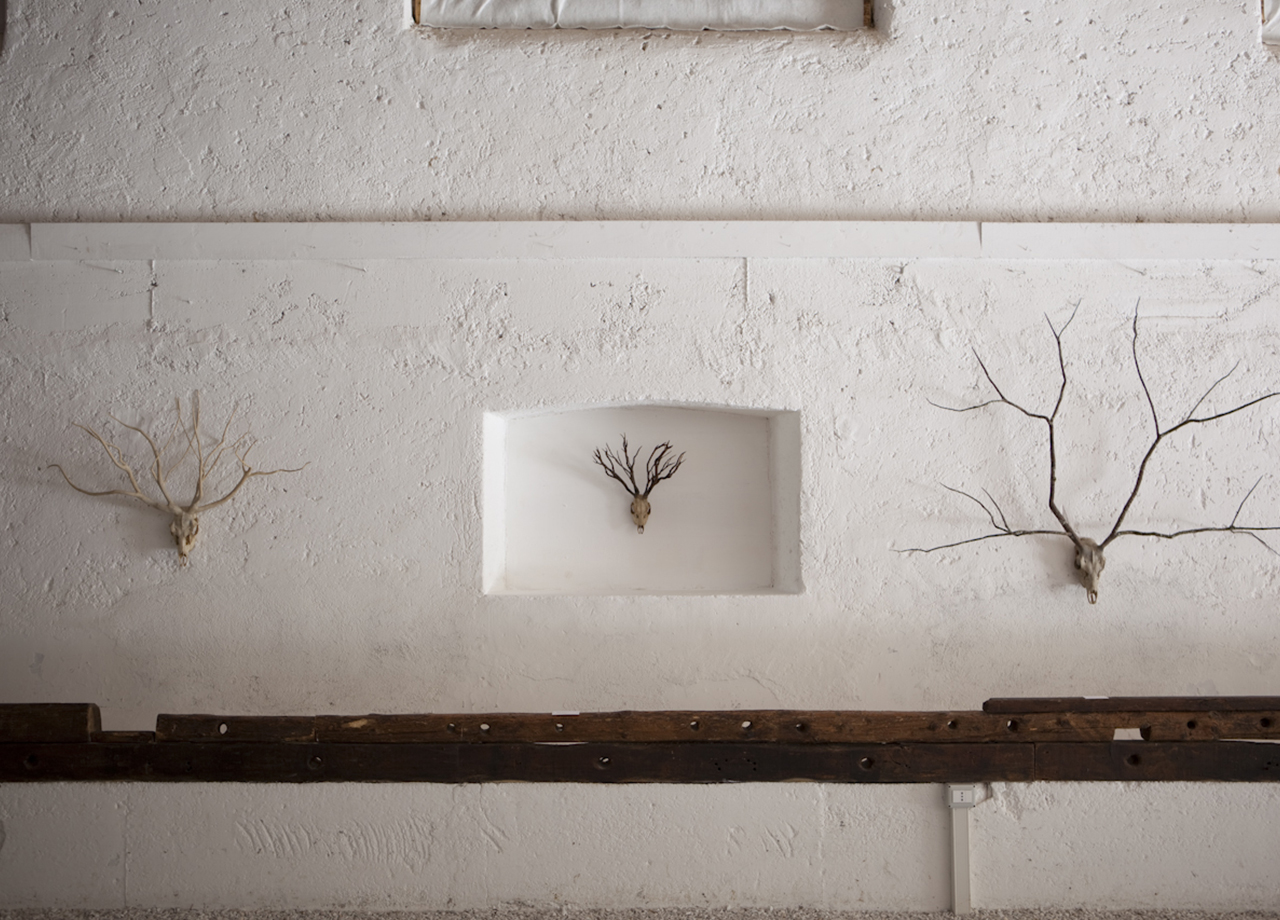
Arte Sella, Borgo Valsugana (Italy/2009).Photo © Giacomo Bianci

Deyrolle, Paris (France/2010-2011).Photo © Jean-Marc Gourdon